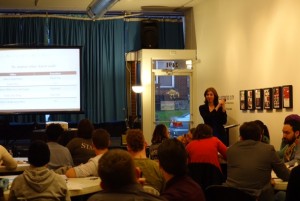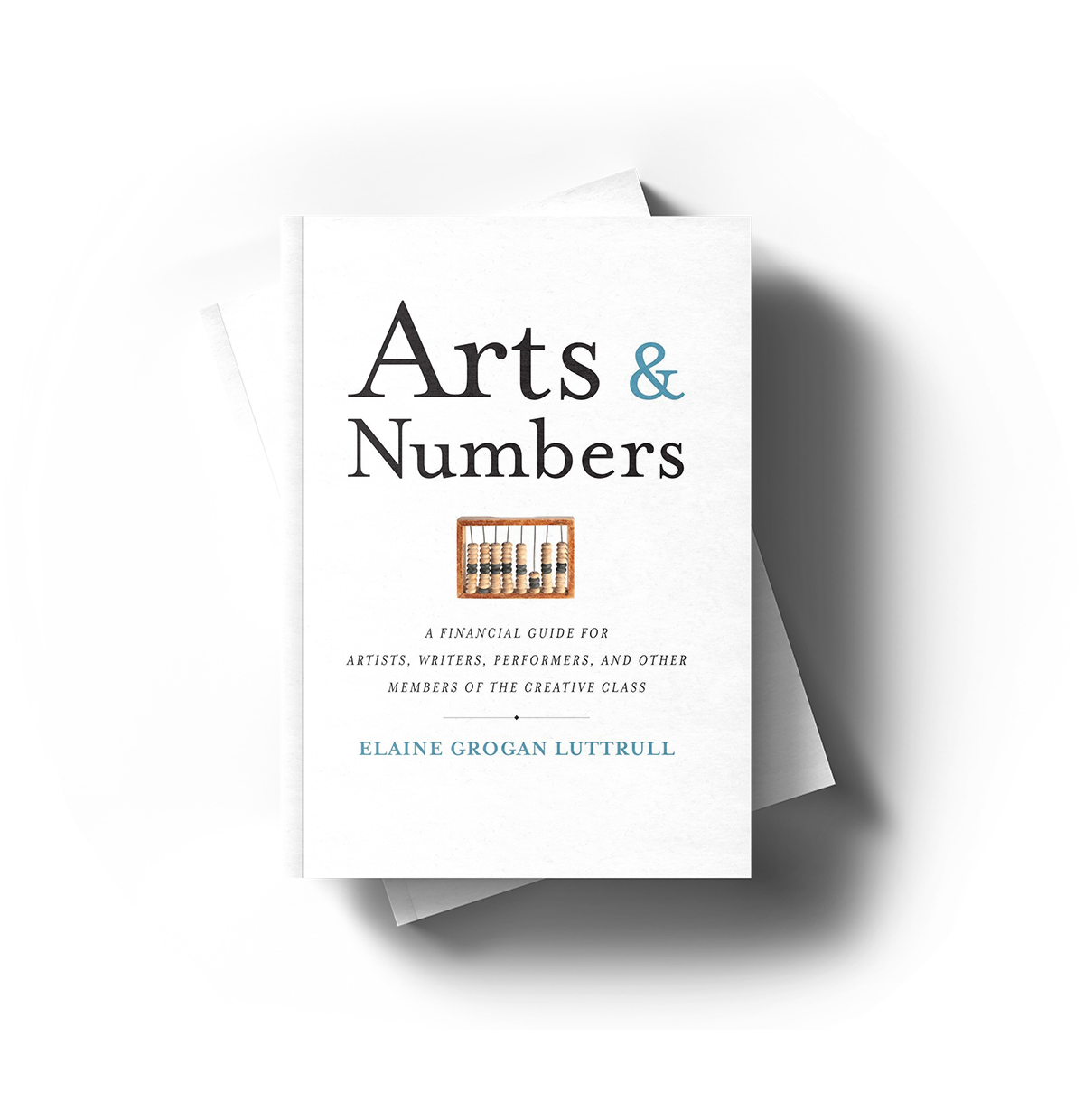May 23, 2016 • Numbers Nonsense

This month we’re talking pricing, and so far, we’ve spent most of our time talking about hourly rates.
We’ve figured overall expenses (ish), we’ve estimated billable hours, and we learned that this approach doesn’t really capture the value that you deliver. Plus it only works if your assumptions are right. And that’s a bit if.
So what’s an artist to do?
In your work, whether you write plays, perform in front of live audiences, or create visual works in your studio, context matters. Whatever is going on in the world surrounding your art matters. Our work doesn’t exist in isolation, even if it stands alone. Lin-Manuel Miranda’s Hamilton delivers a very different message in 2016 than it would have delivered in 1992.
Context matters.
It matters for your pricing as well, which is why calculating an hourly rate isn’t enough. We also must focus on four factors—the Four C’s—that influence the price for creative output. They are: Cost, Customers, Competition, and Competencies. There are no more formulas here. There are no shortcuts. Your job is to research each factor in the context of your own creativity, and adjust your pricing accordingly.
Cost
The good news is that you’ve already figured out most of your costs. You know what it costs you to exist as a human, you know what it costs you to run your creative practice, and you’ve added a bit of cushion for savings and taxes. When considering costs, consider both direct costs, those that become part of the output, and indirect costs, those that you incur, but not necessarily directly related to what you create. Direct costs may include supplies, tools, and shipping, while indirect costs may include studio rent, utilities, and software.
The pricing you set for your work or your time must at least cover your costs (unless you are making a very deliberate, informed decision to incur a loss). But simply covering your costs isn’t enough.
Customers
Who do you serve with your work? That is the fundamental question at the heart of any business plan, including (and dare I say especially) a creative one. Understanding the perspective of your customers is vital to pricing your work appropriately. Where do your customers see value in your work? What do they value in your work? What are their financial limitations? What are their external pressures?
Having an awareness and sensitivity to those you serve humanizes your pricing structure. It helps you empathize with your customer and articulate your value in terms they appreciate. You are not changing your output based on the whim of your customers. After all, you know best, not them. (If they knew best, they’d be running your business.) But incorporate a bit of sensitivity and empathy to help you communicate with those you serve in a way they’ll understand and appreciate.
Competition
Your work does not exist in isolation. Remember: Context matters. What else is going on in your industry? Who else is doing what you do? (I know, I know. No one is doing exactly what you do. You are unique and special. But that doesn’t mean you don’t have competition.)
What are others charging for similar projects or similar pieces? Use your research skills and more importantly your network to understand what else is going on in your market. Remember to consider this from your customer’s perspective as well: You may believe your work has nothing in common with another’s work, but your customer might not understand that. All the information you have about your competition—your immediate competition and the competition that feels very far away from you—helps inform your pricing structure.
Competencies
Last but not least, your competencies affect the price for your work or your time. This is the real value you create.
Your competencies are what make you special. They are your strengths. They are what make you the best, most qualified, most interesting person to be doing what you do. They can be technical in nature (your rendering skills, for example, or your competence with InDesign), they can be process-oriented (you work faster than most), or they can be more esoteric (the way your work is informed by current events distinguishes it from commercial pieces).
Spend some time articulating your competencies. This is the real value you deliver.
These are also the words, phrases, and ideas that you should hold onto when explaining your pricing structure. Why is a piece twice as expensive as something your customer could purchase from Pottery Barn? Because it is informed by your very specific perspective; because it makes use of a particular technique that a mast-market production can’t replicate; because it comes with a much better story.
These competencies make much more compelling arguments to explain and defend your pricing structure, rather than arguments related to any of the other factors. Customers don’t care that your studio rent increased, or that your travel costs increased this year. They want your help understanding why your prices differ from your competition’s prices, and they want you to appreciate their points of view. They also want to understand your value. Describing your competencies helps them do just that.
Just Do It
I wish I could give you a formula to incorporate these factors into your pricing structure. I wish I could tell you to add 30% to your costs and be done with this exercise. I wish I could share a magic approach to automatically pricing each piece perfect. But there is no formula. There is no app.
There is no substitute for doing the work to understand your costs and to articulate your value—your competencies. There is no substitute for understanding your customers’ point of view. And there is no substitute for understanding what others are doing in your industry.
But hard work hasn’t stopped you before. If it had, you’d be in a different line of work.
And that might be your most powerful competency of all.


